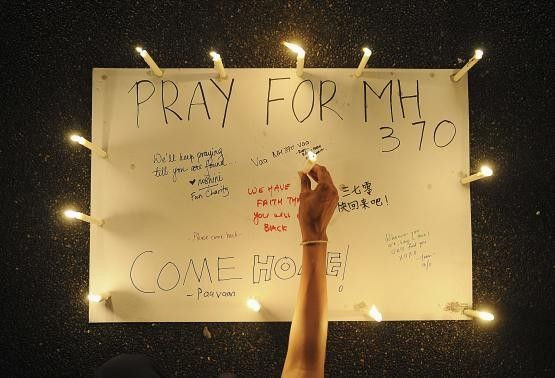Flight MH370 Search: New Theory Pursued as Australia-Led Search Shifts to New Target Location

The search area for the missing Malaysia Airlines Flight MH370 has been moved to about 1,100 kilometres in the north-east of Indian Ocean. Authorities said the Boeing 777 aircraft may have travelled faster than previously thought. The new theory gives rise to the idea that the plane's tanks may have run out of fuel sooner.
The Australia-led search for Flight MH370 has changed direction after investigators and experts calculated that the plane was going faster and thereby consumed more fuel. According to the Australian Maritime Safety Authority (AMSA), the theory was based on the Malaysia Airlines plane's final radar communications between South China Sea and the Strait of Malacca.
The investigators' analysis suggested that the plane may have consumed more fuel during the early stages of its flight. With theory, experts are now considering the idea that the missing Flight MH370 might not have made it as far as the Indian Ocean.
The new search zone will mean planes from Australia, US, New Zealand and other participating countries in the international search effort can spend longer times going over the location. The new target location is expected to have better weather.
According to reports, Australia's Geospatial Intelligence Organisation has already reprogrammed satellites to take images of the new target location.
Challenges of Flight MH370 search
Searchers of the missing Malaysia Airlines Flight MH370 were forced to stop operations for the second time this week due to bad weather. Satellites and planes have spotted possible debris in the water but nothing has been recovered or identified as part of the missing Malaysia Airlines Flight MH370.
Central Queensland University accident investigation specialist Geoff Dell said if black boxes are recovered, it would probably be the "most difficult" search for a missing plane. Mr Dell said it is urgent to find even a small piece of the missing plane to help oceanographers plot its location under the seas.
Royal New Zealand Air Force Squadron Leader Brett MacKenzie said finding debris on the ocean while up in the air was a difficult task since the aircraft they were using in search efforts is travelling 200 miles an hour.





















